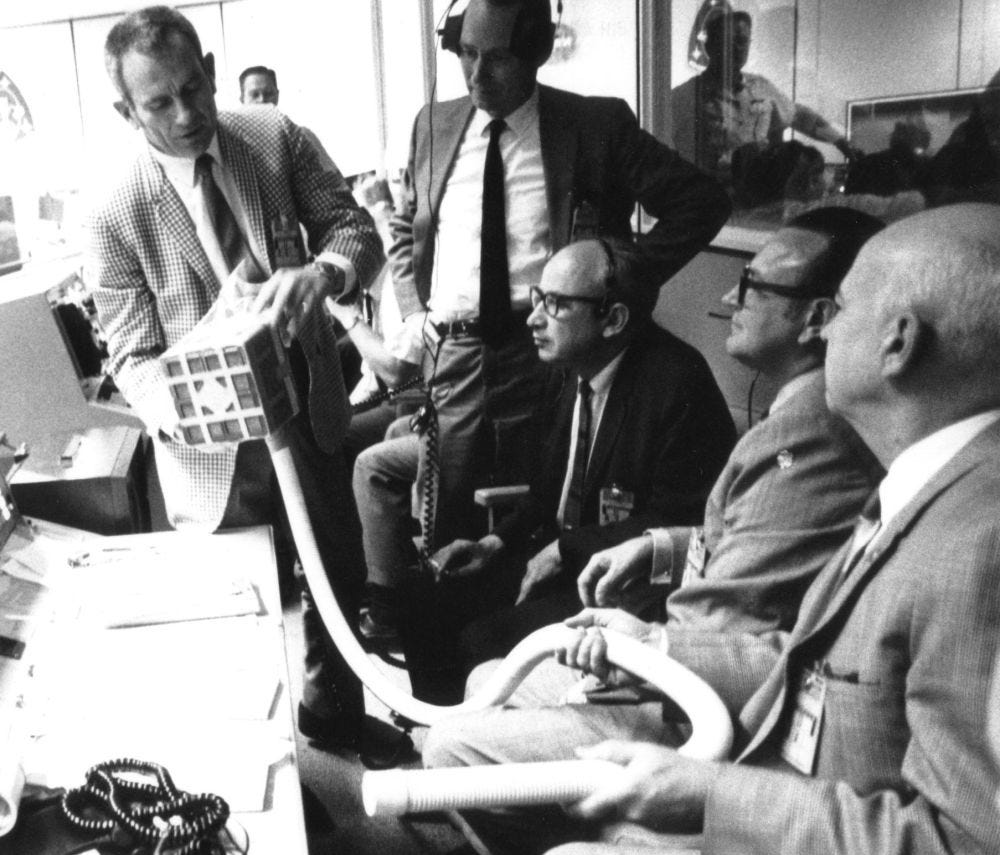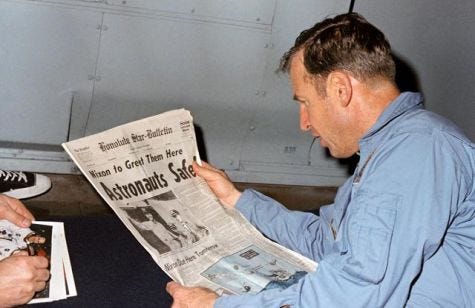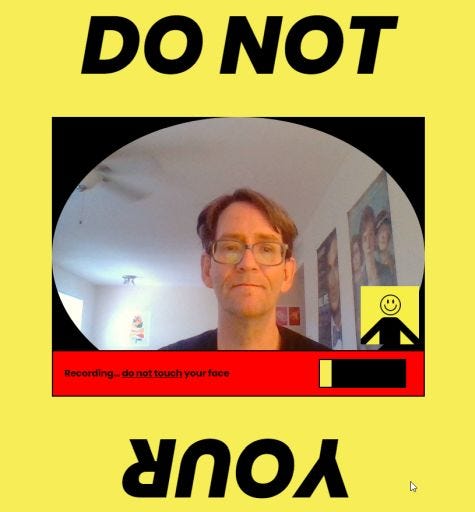“If something can go wrong, it will usually be at the worst time.” It looked like Apollo 13 had been hit by Murphy´s law. Suddenly, NASA´s third attempt to land on the moon became the biggest and the most difficult rescue mission ever seen. Fortunately, the extraordinary ability of the crew and mission control team saved their lives. Things remained quite monotonous at first until on April 13, when everything changed. The team was performing a routine procedure in the service module tank when they heard an explosion. Astronauts noticed gas leaking — It was oxygen. Soon, they realized they would never step on the Moon. They were disappointed — who wouldn’t be? But worse than watching their dream fade away was having to fight for survival. After the explosion, they had to move to the landing module, using it as a lifeboat. For the next days, they had to face a series of unfortunate events such as lack of energy, stress, sleep deprivation, freezing temperatures, and water rationing. Besides that, they had a problem removing carbon dioxide. The square lithium hydroxide canisters were not compatible with the round openings in the landing module system. To solve this problem, mission control had to be quick and creative. Using duct tape and other materials, they built an apparatus that the crew could copy. Mission control did not rest until they found a way to safely bring the spacecraft back to the Earth. They used the Aquarius decent engine to place the ship on a return path, passing behind the moon. The service module, damaged by the explosion, was removed. On April 17, the capsule reentered Earth’s atmosphere, and the astronauts landed safely in the Pacific Ocean. We´ll have to rely on human ingenuity to fight this virus, using the resources we have available, just as mission control did. Creative inventions are beginning to show promising possibilities. Here are five examples:
A virus-killing mask
An Israeli company developed a sticker containing nanofibers that capture nanoparticles and disinfectants capable of killing any viruses. They are designed for use together with protective masks.
The “hands-free” door opener
Using 3D printers, a variety of models are being launched. The concept is pretty simple: open doors without having to touch them with your hands.
Food delivering robots
In China, robots are delivering food to people in quarantine to avoid contact.
The “don´t touch your face” website
Not touching your face is not that easy, right? This website was created to help you with that. It uses a machine-learning algorithm to recognize images of each user touching their face, or not. Once it’s trained, it sends you notifications every time you touch your face.
Software that helps nurses by automating the filing of virus test results.
Supporting healthcare workers, giving them more time to treat patients is a good thing. Take a look at other ways technology is being employed during the Cornonavirus pandemic on the latest edition of Mobile Apps News. NASA had to make quick decisions to overcome a life or death situation. In some ways, it is not much different from what we’re facing right now. That same spirit can bring us together to help us save thousands of lives while facing this global challenge.


